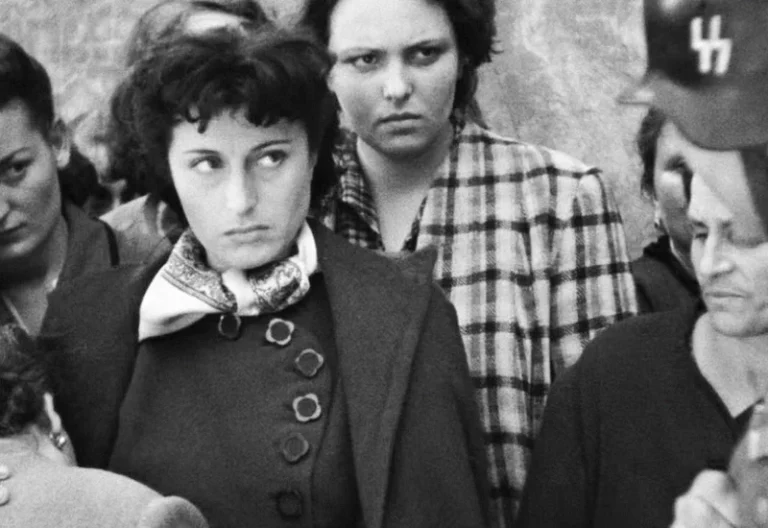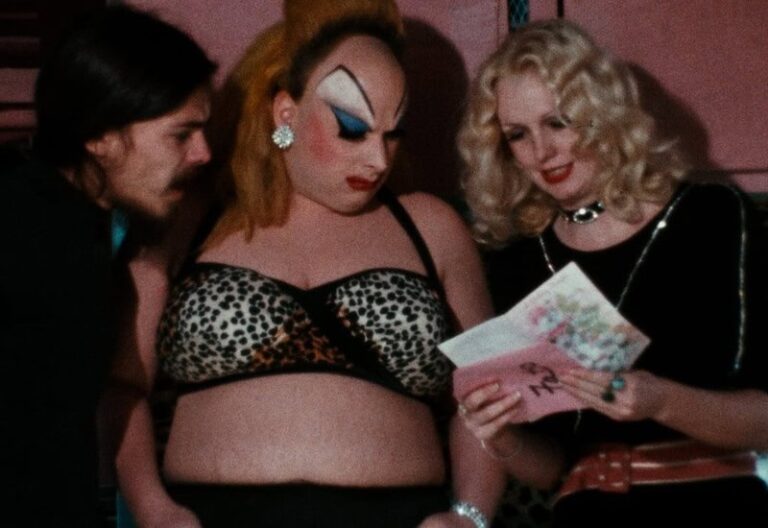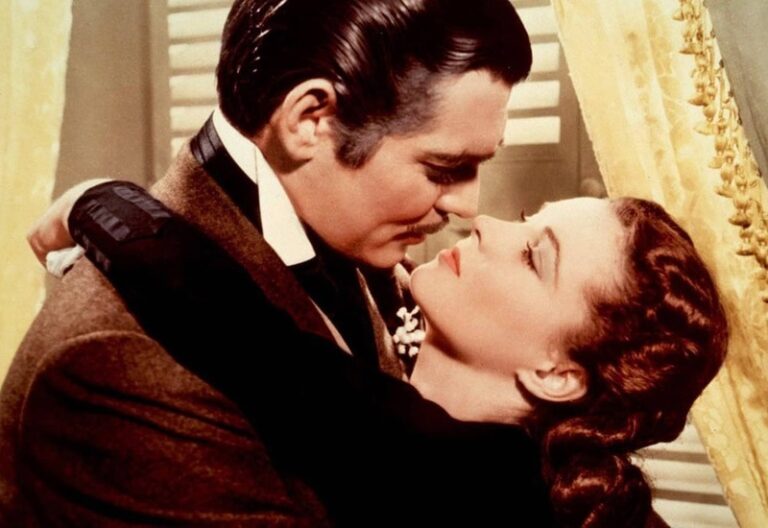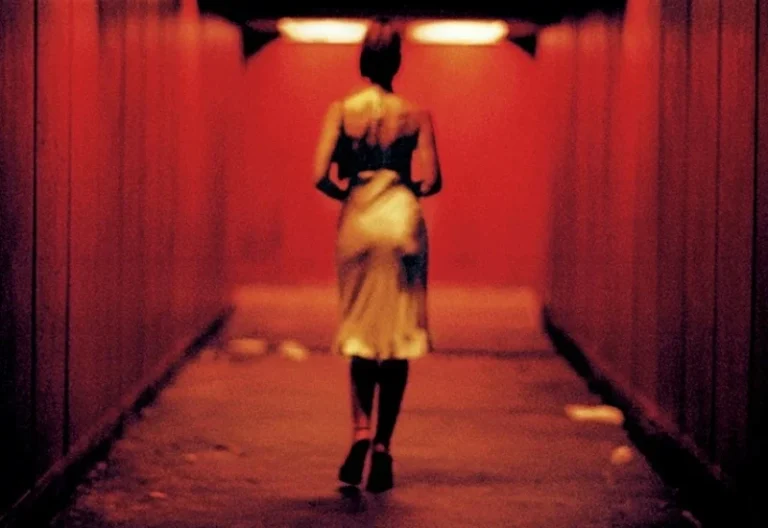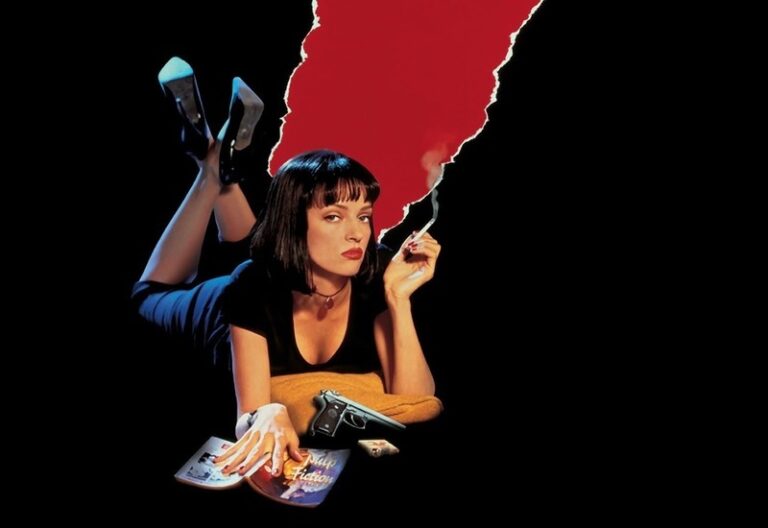introductory guide to spaghetti westerns
Spaghetti Westerns emerged during the 1960s as a European reimagining of the classic American Western. The genre got its start as Hollywood’s interest in Westerns began to wane after decades of dominance. Audiences had grown tired of the old cowboy stories, and the golden age of Westerns was coming to an end. Enter the Italian filmmakers – who saw an opportunity to reinvent the genre with their own flair.
Published by: CinemaWaves Team | Filed Under: Film Blog
Development and History of Spaghetti Westerns
Before Sergio Leone revolutionized the genre, European filmmakers been experimenting with Westerns, creating what were known as Eurowesterns. These films, produced mainly in Italy, Spain, Germany, and Yugoslavia, were cheaper, catered to local audiences, and largely imitated American Westerns, but lacked the grit and style that would soon define the genre. Leone took these early attempts and transformed them into something fresh, blending Italian Neorealism with stylized violence and morally complex characters, ultimately elevating the Western into what we now recognize as the Spaghetti Western.
The true turning point came when with the release of Leone’s film “A Fistful of Dollars” (1964), inspired by Akira Kurosawa’s “Yojimbo” (1961). Set in the dusty, dangerous frontier, it featured characters who were far from the polished, honorable cowboys of American Westerns. These characters were grim, tough, and morally ambiguous. Leone’s stripped-down, no-frills approach gave birth to the Spaghetti Western as a distinct genre. The film’s success opened the floodgates, with dozens of similar films being produced in Europe, particularly in Italy and Spain, over the next decade.
The term “spaghetti western” was initially used dismissively by American critics, poking fun at the fact that these movies were made by Italians rather than Americans. However, the genre quickly won over audiences worldwide, particularly with its unique, stylized take on Western tropes and its use of sprawling landscapes, rugged anti-heroes, and stark violence.

Characteristics of Spaghetti Westerns
Morally Ambiguous Anti-Heroes – Unlike the noble cowboys of American Westerns, Spaghetti Western protagonists are usually driven by greed, revenge, or personal gain. They are typically lone drifters or bounty hunters who exist in a world where morality is a shade of grey.
Stylized Violence – They are more violent and gritty than their American counterparts. Shootouts are extended, graphic, and stylized, with exaggerated gunplay and long, tension-filled build-ups.
Striking Cinematography – Sergio Leone and other directors pioneered the use of extreme close-ups and sweeping wide shots to create visual tension. This technique made even the smallest details, like the flick of a finger or a bead of sweat, central to the action.
Ennio Morricone’s Iconic Scores – The genre wouldn’t be the same without Morricone’s music. His scores combined traditional instruments with electric guitars, whistling, and unconventional sounds, helping to heighten the drama and mood.
European perspective on the American West – Though set in the American frontier, these films were often shot in Spain’s semi-arid landscapes, giving them a slightly off-kilter feel compared to the deserts of California or Arizona. The European take on American history added an extra layer of detachment and surrealism to the films.

Spaghetti Westerns vs.
Regular Westerns
Spaghetti Westerns and traditional Hollywood Westerns may share the same basic genre, but they come from very different places both thematically and stylistically. Hollywood Westerns, especially those from the 1930s to the 1950s, were often about the triumph of good over evil, featuring clear-cut heroes like John Wayne who stood for justice, bravery, and honor. The American West was portrayed as a place of opportunity, where order could be brought to lawless lands.
In contrast, Spaghetti Westerns flipped this ideal. The West was a brutal, unforgiving place, where survival came not from moral superiority but from cunning, ruthlessness, and the ability to outgun your enemies. Heroes in Spaghetti Westerns were not necessarily the “good guys.” They were often out for personal gain, vengeance, or simple survival, and any sense of honor was an afterthought. The lines between good and evil were blurry, and the setting was a desolate place than the picturesque landscapes of Hollywood.
Famous Spaghetti
Western Films
Leone’s “Dollars Trilogy” (1964-1966): This trilogy, directed by Sergio Leone, includes already mentioned “A Fistful of Dollars” (1964), “For a Few Dollars More” (1965), and “The Good, the Bad and the Ugly” (1966). These films revolutionized the Western genre, introducing Clint Eastwood as “The Man with No Name,” a character defined by his moral ambiguity and sharp shooting. The Dollars Trilogy was notable for its atmospheric use of music, courtesy of Ennio Morricone, whose unforgettable scores became as iconic as the films themselves. Leone’s extensive use of close-ups, wide-angle shots, and long, drawn-out tension-filled scenes helped to create the stylized, cinematic language that would define Spaghetti Westerns. The trilogy not only made Clint Eastwood a global star but also cemented Sergio Leone’s place as a visionary filmmaker.
“Django” (1966): Directed by Sergio Corbucci, the film follows a mysterious drifter dragging a coffin through the mud. The film’s stark violence and dark themes made it an instant classic and inspired countless imitators. The character of Django became so iconic that the film spawned over 30 unofficial sequels.
“Death Rides a Horse” (1967): Directed by Giulio Petroni, this film stars Lee Van Cleef as a gunslinger out for revenge. With a plot filled with twists and double-crosses, it became a cult favorite among fans of the genre.
“The Great Silence” (1968): Another Corbucci film, The Great Silence is one of the bleakest Spaghetti Westerns, set in the snow-covered mountains rather than the typical dusty plains. The film stars Jean-Louis Trintignant as a mute gunslinger and Klaus Kinski as a brutal bounty hunter. Its nihilistic tone and tragic ending set it apart from the rest of the genre.
“Once Upon a Time in the West” (1968): Another Leone masterpiece, this epic features Henry Fonda as a chillingly cold villain, Charles Bronson as the enigmatic “Harmonica,” and Claudia Cardinale as a widow fighting to protect her land. It’s a sweeping, melancholic film about the end of the Old West, filled with breathtaking cinematography and a haunting score by Morricone.
The Decline and Legacy
By the late 1970s, the Spaghetti Western had largely fallen out of favor, partly due to over-saturation and the rise of other film genres. The genre’s themes of anti-heroism, gritty realism, and subversive narratives left a great mark on not just Westerns, but action films and cinema as a whole. Directors like Quentin Tarantino, Robert Rodriguez, and even Martin Scorsese have drawn inspiration, as Tarantino’s Django Unchained (2012), a direct homage to the 1966 film Django, is a prime example of the Spaghetti Western’s continuous influence in modern filmmaking.
Refer to the main page for more educational insights on filmmaking and cinema history.
In the aftermath of World War II, Italy was a country in ruins, both physically and economically. Amidst the rubble and despair, a group of visionary filmmakers arose to…
A cult film is a movie that builds a devoted following without achieving mainstream success or widespread critical praise at the time of its release. These films are…
In the early 20th century, a cinematic revolution was brewing in the Soviet Union. A group of visionary filmmakers, collectively known as the Soviet Montage School, gathered…
Cinema as an art form, has the unique ability to challenge societal norms, push the boundaries of storytelling and provoke intense emotions. One of the most striking…
Envisioned on the picturesque coast of Southern California and based on the book of the same title, the collaborative efforts to put Midnight Cowboy on screen resulted in a …
Postmodernist film emerged in the latter half of the 20th century, rooted in the broader cultural and philosophical movement of postmodernism. It started as a reaction…

